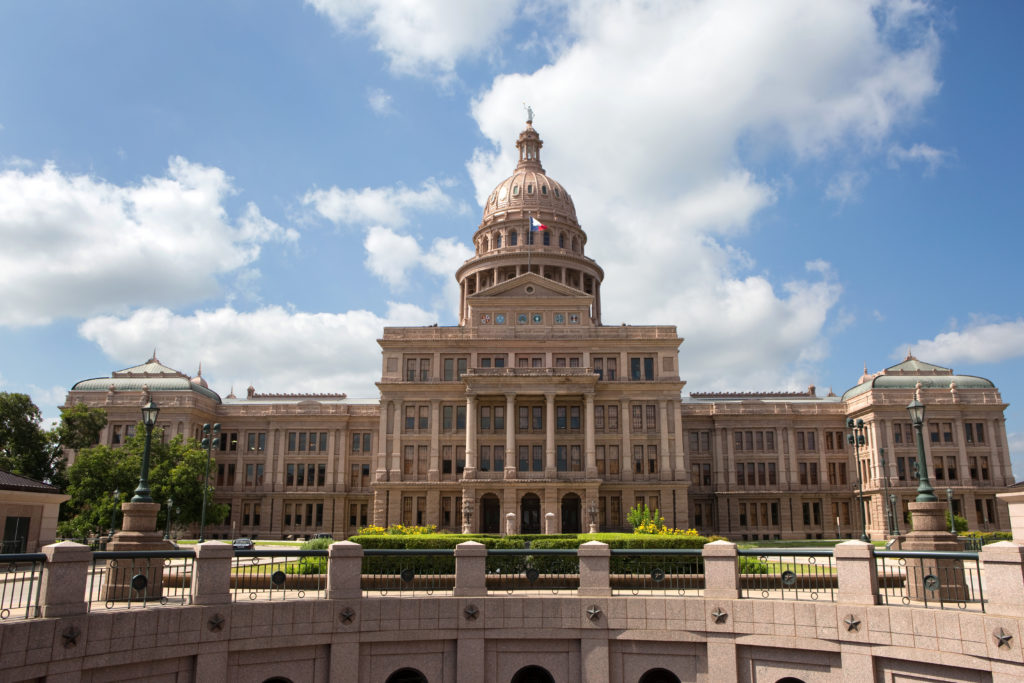The Texas Legislature has convened today and will meet for 20 weeks. What should the pro-life goals be? We believe that given the tremendous progress the Legislature has already made, the precedent the Supreme Court has set down, and what the Court may do in the future, a major goal for the Legislature should be the Human Life Protection Act, SB 9 (formerly SB 391) by Sen. Angela Paxton (R-McKinney) and HB 1280 by Rep. Giovanni Capriglione (R-Southlake) a complete ban on abortion, beginning at fertilization, that will go into effect when and to the extent the Supreme Court reverses or modifies Roe v. Wade and Planned Parenthood v. Casey.
Where We Are
In the last two decades, the progress Texas has made toward protecting unborn babies has been nothing short of breathtaking.
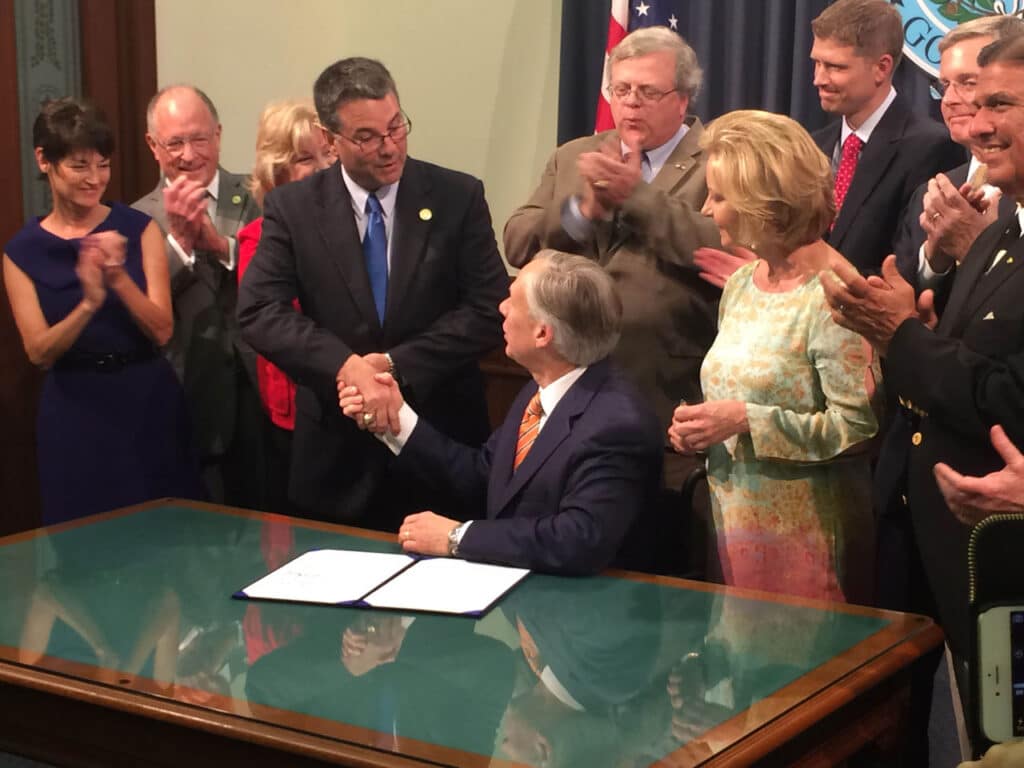
Texas Alliance for Life has helped bring into law many substantial pro-life bills that are saving lives today, including:
- Parental notice and consent laws,
- Prenatal Protection (personhood) Act,
- Women’s Right to Know Act and required distribution of state materials by abortion providers,
- The sonogram law,
- Choose Life license plate bill,
- Defunding Planned Parenthood by more than 90% at the state level and 100% at the local level,
- The 20-week abortion ban, including abortions on babies with disabilities,
- The abortion safety regulations in House Bill 2,
- Protections for women at abortion facilities from sex trafficking and forced abortions,
- Laws protecting babies with Down syndrome,
- A law to encourage adoption, not destruction, of human embryos,
- Ban on telemedicine abortions,
- Ban on elective abortion coverage in health insurance,
- Ban on trafficking of baby body parts,
- Humane disposition rules,
- Conscience protection for foster care providers,
- Ban on partial-birth and live, dismemberment abortions,
- Funding for the Alternative to Abortion program,
- Funding for adult, not embryonic, stem cell research and treatments, and
- Texas Born-Alive Infant Protection Act.
There are many others. We have created a comprehensive list of pro-life bills passed by the Legislature over the decades, including those signed into law by Governors Rick Perry and Greg Abbott.
The impressive list, called “Texas Abortion-Related Laws,” is 10 pages long.
Each of these legislative accomplishments has moved the ball forward in protecting lives to the extent allowed under the Supreme Court’s extremely limiting precedent.
Even under the Supreme Court’s severe limits, the results have been dramatic. In the last decade, abortions in Texas have plummeted from 77,000 in 2010 to 57,000 in 2019 — a 20,000 drop in yearly abortions!
Supreme Court Precedent: Viability of the Unborn Child
Since the 1973 Roe v. Wade and 1992 Planned Parenthood v. Casey Supreme Court decisions, the reality is that a state’s ability to ban or even to regulate abortion is extremely restricted. Our Legislature’s hands are severely tied. That is the terrible and tragic reality.
Everything hinges on the “viability” of the unborn child, i.e., his or her ability to live outside the womb if born alive, in the judgment of the abortion doctor.
In Casey, the Court declared:
Before viability, the State’s interests are not strong enough to support a prohibition of abortion or the imposition of a substantial obstacle to the woman’s effective right to elect the procedure. Second is a confirmation of the State’s power to restrict abortions after fetal viability, if the law contains exceptions for pregnancies which endanger the woman’s life or health.
Viability is not a fixed date for all pregnancies. It varies for each child and for the medical institution where the birth may occur. For some healthy babies born at an excellent hospital, viability begins at 23 weeks (measured from the first day of the last menstrual period or LMP) and sometimes even at 22 weeks.
For some unborn babies with severe fetal anomalies, viability never occurs because the terminal illness is too great for the baby to survive to birth, during birth, or afterward, even with the best medical care.1
Bans, Regulations, and Substantial Obstacles
Hence, Texas may not ban the abortion of a non-viable child per the Court’s precedent. Further, Texas may regulate abortion before viability — to advance the health of the mother or to protect the life of the child — but not to the extent that there is a substantial obstacle to abortion, also called an “undue burden.” The Court wrote that a regulation poses an “undue burden” when:
[the] regulation has the purpose or effect of placing a substantial obstacle in the path of a woman seeking an abortion of a nonviable fetus.
In Casey, the Supreme Court referred to this as the “critical fact” and laid out three principals:
- After viability, a state may regulate and even ban abortion,
- Before viability, a state may not ban abortion, and
- Before viability, a state has a legitimate interest in protecting the health of the woman and protecting the child’s life through regulations as long as the regulations are not a substantial obstacle in the path of a woman seeking an abortion.
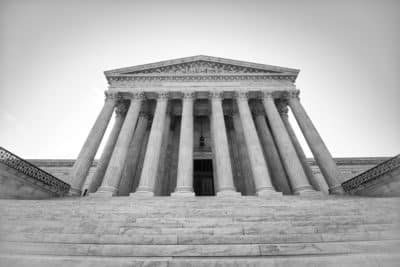
The Supreme Court and lower courts have blocked enforcement of countless state and federal laws that violated one of these principles. Those laws are not saving lives. Instead, they are funding the abortion industry.
Funding the Abortion Industry
For example, in 2016, the Court ruled in its dreadful Whole Woman’s Health v. Hellerstedt decision that some of the abortion safety requirements in HB 2 (hospital privileges rule and ambulatory surgical center safety standards) constitute a substantial obstacle to pre-viability abortions. They blocked enforcement, and a lower court ordered Texas to pay millions of dollars to the plaintiffs for the attorneys’ fees.

Pro-life leaders, myself included, woefully misjudged the Court, particularly Justice Kennedy, when we recommended those provisions to the Legislature in 2013. We should not make that mistake again.
Reasons for Hope
We are hopeful, but not certain, that the Supreme Court, now with three Trump appointees, may be willing to take a fresh look at Roe and Casey — unencumbered by precedent — and give legislators more latitude to protect unborn children before viability.
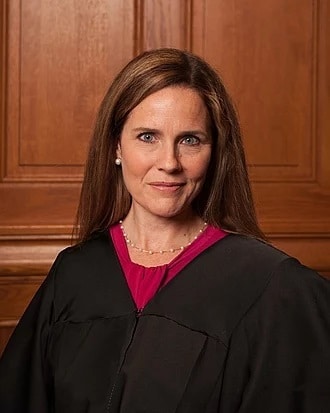
There are as many as 60 cases related to the constitutionality of state abortion bans and regulations in the pipeline. The court could take up any of these as a vehicle to revisit Roe and Casey.
One of those cases involves a Mississippi law banning abortions on non-viable unborn babies beginning at 15 weeks, a clear violation of the Roe and Casey precedent. Lower courts blocked the law. It remains to be seen if the Supreme Court will take the case this term and how they would rule.
If so, they may release a decision by the end of June that gives states more latitude to protect non-viable unborn babies. The case is Dobbs v. Jackson Women’s Health Organization.
The Human Life Protection Act
A priority for this session should be the Human Life Protection Act. The Human Life Protection Act, SB 9 by Sen. Angela Paxton (R-McKinney) and HB 1280 by Rep. Giovanni Capriglione (R-Southlake) is a complete ban on abortion, beginning at fertilization, that will go into effect when and to the extent the Supreme Court reverses or modifies Roe and Casey.
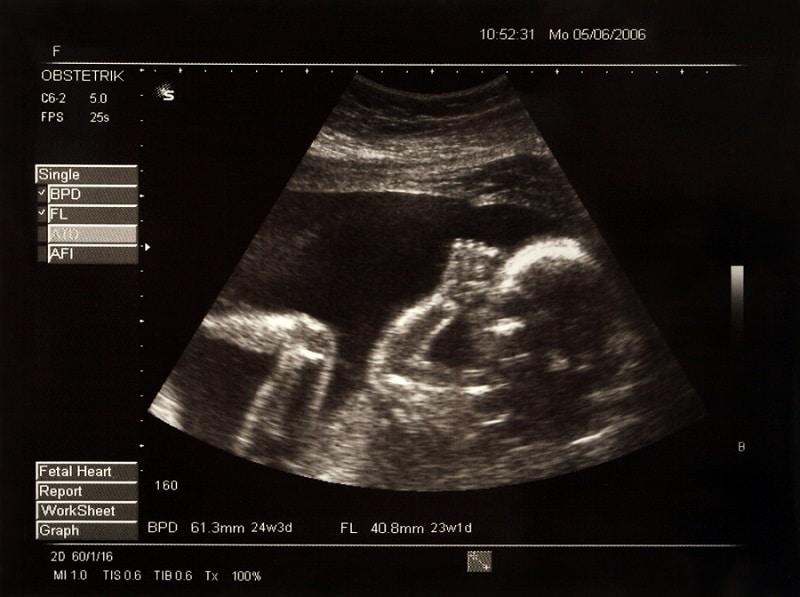
If the Supreme Court changes its precedent and allows states to protect non-viable unborn babies, Texas needs to be ready with a new law to ban abortion to the extent allowable under the new precedent.2
The Human Life Protection Act is that new law.
Under the Human Life Protection Act, any person who performs an abortion (except to save the mother’s life) commits a first-degree felony. Any woman on whom an abortion is performed or attempted may not be prosecuted.
The law would go into effect and begin protecting unborn babies 30 days after the Supreme Court issues a judgment overruling, wholly or partly, Roe or Casey.
Ten states have passed essentially the same law: Arkansas, Idaho, Kentucky, Louisiana, Mississippi, Missouri, North Dakota, South Dakota, Tennessee, and Utah.
Status of Pre-Viability Abortion Bans
Many states have tried in earnest to ban pre-viability abortions. We put together a helpful summary of those state laws and their outcomes in state and federal courts. See the 10-page chart called “Status of States’ Pre-Viability Abortion Bans.”
Generally, of the numerous state pre-viability bans, virtually none challenged in court has survived that challenge. They are not working and are unfortunately not saving lives as intended or promised. Those include:
- Heartbeat bans, pre-viable ban beginning when the baby’s heartbeat is detectible,
- Bans on abortion at a specific number of weeks (before viability),
- Laws banning abortions because of the sex, race, or disability of the unborn child, and
- Laws banning dismemberment abortions on live, unborn children.
Not only have courts blocked these wherever challenged, courts have also ordered some states to pay the plaintiffs’ attorneys’ fees, which can be substantial amounts, thus funding the abortion industry. In Hellerstedt, the federal court ordered our state to pay more than $2 million for attorneys’ fees of the Whole Woman’s Health abortion facility chain.
Some laws have not been challenged. Many of the states’ 20-week post-fertilization bans have not been challenged, mostly in states where no abortion provider is doing abortions so late. Texas’ law, fortunately, has not been challenged and is saving lives.
None of the six states’ laws banning only sex-selection abortions has been challenged. Still, it is not clear that these laws have any deterrent effect on abortions for a practical reason — nothing requires the woman to state her reason for the abortion.
Vehicles to Overturn Roe
Potentially many of the dozens of state pre-viability bans already passed could be the vehicle the Court uses to revisit Roe and Casey.
One wonders if we need another. We think not.
Regardless of what the Supreme Court does to allow increased protection for nonviable unborn babies this term or further in the future, the Human Life Protection Act would almost immediately afford the same protection to unborn babies in Texas.
If the Court completely upholds Mississippi’s 15-week abortion ban — or another challenge to the viability standard — the Texas Human Life Protection Act will go into effect to the same extent. If the Court upholds a heartbeat ban, our law would automatically ban abortion to that extent.
Other Legislative Goals
We would also like to see the Legislature address other issues related to life issues:
- Enhance our state’s chemical abortion safety regulations so that drug-induced abortions maintain adequate safety protections if the federal courts or the Biden Administration block the FDA’s regulations.
- Increase conscience protection for medical residents so they are not coerced into performing abortions as part of their training.
- Fix last session’s SB 22 to fully implement the intent of the Legislature so that the City of Austin and other political subdivisions may not pay for “abortion services” (transportation, housing, child care, etc.) to help women obtain abortions at taxpayer expense.
- Continue to fund the highly successful Alternatives to Abortion program, currently at $40 million per year.
- Maintain and improve the dispute resolution process in the Texas Advance Directives Act (TADA), a rarely used law that balances the family’s autonomy regarding end-of-life medical decisions with a physician’s conscience right to not order medically inappropriate interventions to prolong a patient’s death that cause pain and suffering without a proportionate benefit.3
1For example, anencephaly is a lethal condition in which the baby lacks a brain and cranium above the base of the skull, leading to death before or shortly after birth. Another condition is renal agenesis, in which the baby has no kidneys and likely no lungs, again, leading to death before or shortly after birth.
2Unfortunately, Texas cannot rely on its pre-Roe abortion ban. While the Legislature has never explicitly repealed it, a state court might find that the ban has been repealed by implication, which the found by the Fifth Circuit Court of Appeals determined in its 2004 McCorvey v. Hill decision.
3In 1999 the Texas Legislature unanimously passed and Gov. George W. Bush signed the Texas Advance Directives Act (TADA). While rarely used, that law provides a process to resolve disputes regarding medical interventions for terminally ill patients. In rare cases when a dispute cannot be resolved, the law provides safe harbor from liability for the physician, but only after meeting at least 12 due process requirements, including attempting a transfer. While most states have a similar law, the TADA has more due process protections for patients and families than any other state law of its kind, especially since the Legislature has added further protections over the years, most recently in 2017. Still medical providers and pro-life organizations would like to see improvements to further assure that patients and families have the maximum opportunity to transfer to an alternate provider when desired and that their intentions regarding DNR orders are implemented.
